Leave your tripod at home: Unified Color’s updated HDR tools support handheld shooting
posted Wednesday, July 24, 2013 at 8:14 PM EDT
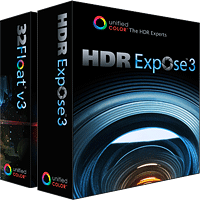
Want to take your photos beyond the dynamic range limits of your digital camera's sensor? Software company Unified Color Technologies has two products aimed at fans of high dynamic range photography, and today, both received significant updates.
The changes in HDR Expose 3 make themselves known almost immediately that you open the application: there's a new file browser that displays thumbnails rather than filenames, making it quick and easy to locate your source images for an HDR merge. Helpfully, Expose 3 groups sets of images in the browser automatically based on their time stamps, and if it's not detecting one or more source images as part of the same batch -- or perhaps detecting too many -- there's a handy slider which lets you refine the time interval required to consider images as a group.
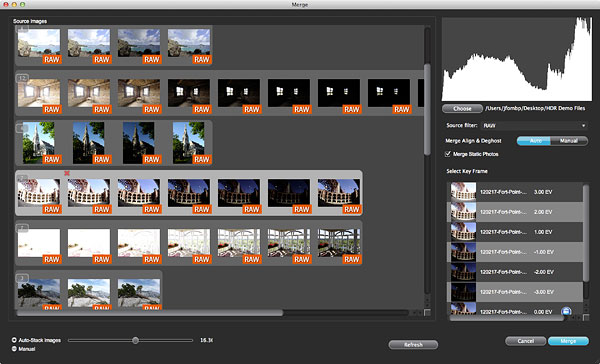
As soon as your images are selected, the process of merging them starts automatically -- and here, too, there are changes. HDR Expose 3 has refined deghosting algorithms that take account of both global motion (ie. the camera moving), and local motion (ie. some parts of your subject moving.) The motion is determined by comparing against a key frame, so if for example people were moving around during your exposure, their positions will be taken from that key frame, and their meanderings won't adversely affect your final result. You can also provide manual assistance in aligning images, or conversely, indicate that a series contains no motion for optimum quality.
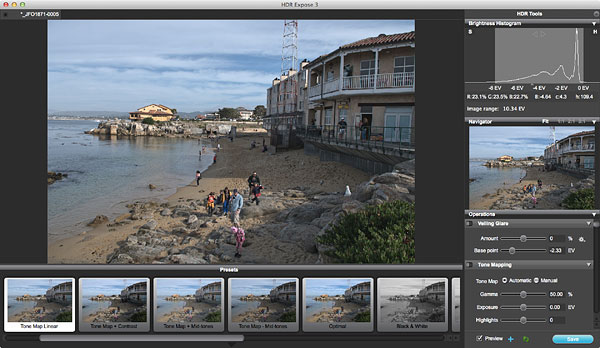
Tone mapping -- the feature responsible for providing a preview of your high dynamic range image on a display incapable of showing that dynamic range in its entirety, as well as preparing your images for export -- has also been revisited. It is now adaptive, meaning that the mapping used is unique to a particular HDR image, and is varied across the image to provide attractive results. A new gamma control adjusts the strength of this adaptive mapping for shadows and midtones, while holding highlights at the same level.
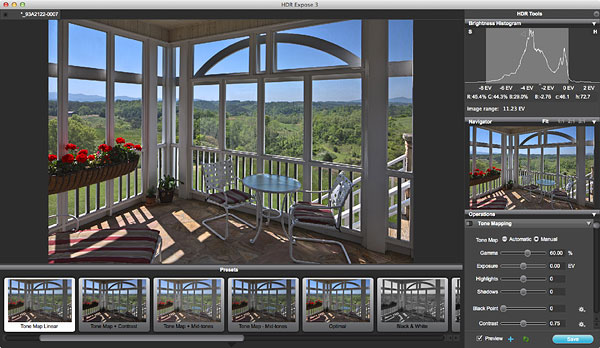
Other changes include a dodge and burn brush that's able to be made larger, and therefore better-suited to high-res images, plus updated veiling glare and crop / rotate / resizing tools that now work in the Beyond RGB color space used internally by HDR Expose, an expanded range of tone mapping presets, a refined tools palette, and a simplified batch merge function. HDR Expose 3 also now supports Windows 8 and Mac OS 10.8 (Mountain Lion), and brings expanded raw file support capable of accepting images from over 500 different camera models.
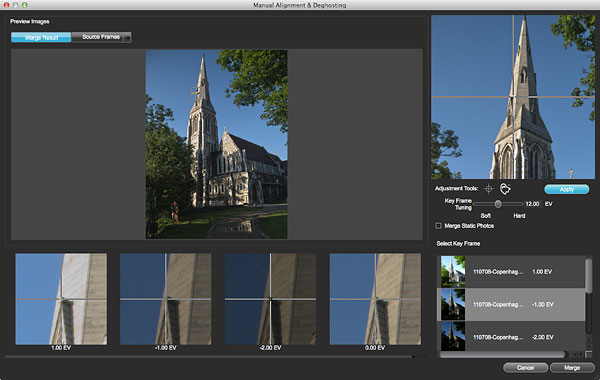
Unified Color's 32 Float v3, meanwhile, integrates many of these same changes. The plugin for Adobe Photoshop now includes adaptive tone mapping with an expanded preset selection, a larger dodge and burn tool, refined tool layout, and a 100% Beyond RGB workflow including the veiling glare tool, just as in the standalone Expose 3 app.
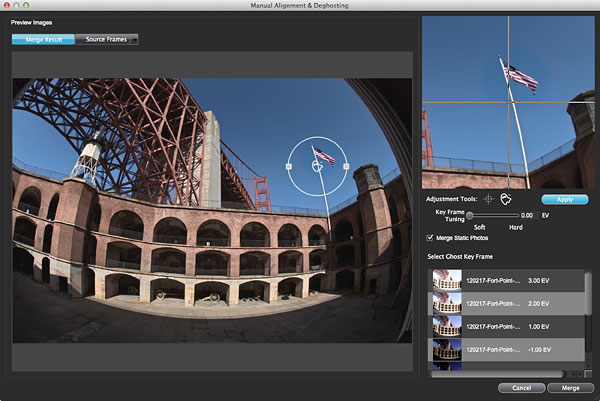
Both HDR Expose 3 and 32 Float v3 are available immediately, and are free of charge for customers who've made their purchase of the prior versions since April 24th, 2013. Customers who purchased before that date pay around US$60 for HDR Expose 3 or US$50 for 32 Float v3. Standard pricing for the apps is set at approximately US$120 and US$90 respectively. You can also buy a Combo suite bundling both app and plugin for about US$150, with an upgraded price of US$80. The same April 24th cutoff applies for free upgrades from the previous Combo. As an added incentive to early adopters, the Christian Bloch eBook, "HDRI Handbook 2.0", is being offered as a complimentary extra for the first 500 new customers purchasing any of the above. (Upgrade customers aren't eligible for this deal.)

Courtesy of Unified Color, the video above provides a quick introduction to some of the new features in HDR Expose 3. If you're keen for more, there are quite a few videos providing an in-depth look at the latest updates in Expose 3 and 32 Float v3 on the Unified Color YouTube channel. More details on both products can, of course, also be found on the Unified Color Technologies website.